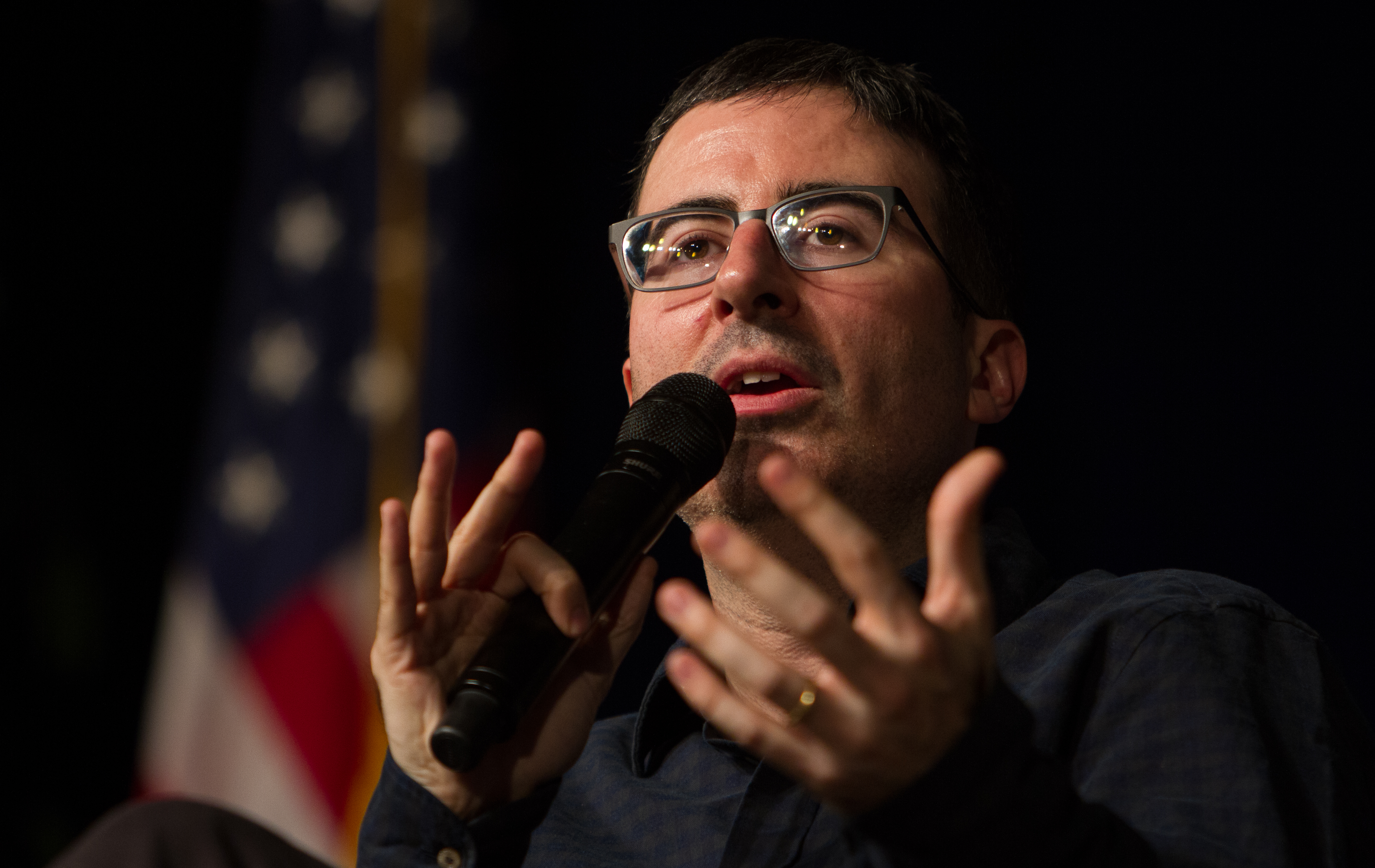Talking heads, opinion columnists, and mainstream pundits continually stressed that a Democratic victory in the 2020 presidential election was predicated on a nominee who could appeal to centrist swing voters. Political commentator Thomas Friedman, in a New York Times op-ed, pitched Michael Bloomberg as that candidate—one who could send a message of “national unity, personal integrity, and a willingness to pursue bipartisanship whenever the other side is ready.”
Former candidates Pete Buttigieg and Amy Klobuchar spouted similar rhetoric about their virtues as pragmatic denizens of the Midwest, capable of winning hearts and minds in battleground states. And presumptive nominee Joe Biden positions himself as a “return to normalcy,” a dedicated civil servant who can restore a semblance of sanity to the presidency. Famed Democratic strategist James Carville, conversely, has denigrated the approach taken by Bernie Sanders—who aimed to expand the electorate and increase turnout to defeat President Trump—as foolish and akin to climate denial.
The candidates differed not only in their proposed general election strategies, but in the way they orient themselves relative to Trump. While the notion of a theoretical “agreeable moderate” being the best positioned to win in November may seem sound, it is not tenable in the age of a far-right renaissance.
The formerly winning combination of perceived electability and benevolent policies has been usurped by the need for raw vigor, bold rhetoric, and the capacity to mobilize. To take back the White House and lay the foundation for progressive legislation, the Democratic Party must take a page from the Trump playbook and wage a left-wing culture war backed by a popular agenda.
By most conventional measures, Donald Trump was not electable. From the outset, leading political authorities identified figures like Scott Walker and Marco Rubio as “fresh faces” from purple states who could draw key donors and voting blocs. Trump’s 2015 campaign announcement invited a slew of critics who lambasted the mogul’s bid as an “attention seeking” attempt to gain publicity. But Trump leveraged his unabashed impetuousness and disdain for political correctness to quickly become the frontrunner.
Trump was hailed for his “outsider” views and unrefined mannerisms, despite his non-comprehensive plans and proposals. He renounced sophisticated communication of policy in favor of zeal and nationalist, xenophobic, and faux-populist rhetoric. In Identity Crisis: The 2016 Presidential Campaign and the Battle for the Meaning of America, Professors John Sides, Michael Tesler, and Lynn Vavreck argue that “no other factor appeared as distinctively powerful in 2016 . . . as attitudes about racial issues in immigration” and that “increased salience” about those attitudes keyed Trump’s victory. It was not policy or economics or eloquence that fueled Trumpism, but a hardline focus on the social and cultural implications of certain issues.
That same racial insecurity has propelled right-wing parties to success across the world. In Italy, the Lega Nord party leveraged popular alarmism surrounding immigration and an “Italians first” message to win a plurality of parliament seats in 2018 under the rule of charismatic strongman Matteo Salvini. In the United Kingdom, the nationalist pioneers of the Brexit movement curried favor with the rural working class to lead Britain out of the European Union. In France, Austria, Germany, Spain, and Denmark (where the reigning Social Democratic government has embraced “Natives First” policies), the “taboo on the far right in government has been comprehensively broken,” with prominent parties extolling the virtues of conservative individualism and racist, Islamophobic, anti-immigration stances.
In addition to inflammatory rhetoric, international far-right movements use similar rallying strategies. Salvini has gained recognition for his “norm shattering” use of social media, frequently sharing updates on political and personal developments (including his love of Nutella). Trump has made unprecedented use of Twitter, commenting on a host of topics including international affairs, professional sports, and television ratings on top of his unrelenting attacks on perceived “enemies” and the media. Persistent use of social media enables these purportedly populist leaders to connect with their base and project an image of normalcy alongside a consistent stream of political assessment.
Another factor in the rise of the far-right is the phenomenon of “political nostalgia”—calling for a return to the cultural stylings of the past. In Spain, the intensely socially conservative Vox party is reviving an “ostentatious nationalism” not present since the rule of dictator Francisco Franco (whose mausoleum Vox has actively worked to preserve). In the US, this manifests in the vague plea to “make America great again,” a dog whistle for nationalist and racist sentiments used to enforce xenophobia through shifts in policy and culture.
The prospects are not entirely grim, as we can also look to Europe for tactics on combating alt-right extremism. In January, Lega Nord lost to the Italian Democratic Party in key local elections. The Democratic Party houses a wide range of ideologies, advocating social democracy, anti-corporatism, and empowering young people.
In the Emilia-Romagna region, incumbent Stefano Bonaccini bested the Lega Nord candidate by eight points. Bonaccini’s victory was not a sure thing, however, as the strength of the Italian left has eroded in the past decades. A critical factor in the defeat of Lega Nord was the emergence of an ideological counterweight movement called the Sardines. Founded in late 2019, the Sardines aim to cultivate a renaissance of left-wing mobilization, manifested through a series of large, peaceful protests—packing venues like “sardines”—against Salvini’s party. Though a center-left party emerged victorious, it was not traditional center-left politics that enabled them to do so.
Salvini and Lega Nord use social media to court their base, often spouting general, hard-line rhetoric about establishment politics and immigrants. The Sardines have created a comparable level of rallying within their constituency, but have focused on a “more civil form of politics” and support for government institutions compounded with efforts of mass mobilization. Their protests aim to engender positivity in contrast with the abject hatred spewed at right-wing gatherings.
Besides embracing concrete policy and initiatives, the Sardines seek to repudiate the xenophobic and nationalist culture that has swelled alongside Lega Nord. Though they support left-leaning candidates, their main goal is to foster democratic participation with new strategies shifting away from traditional formats such as rallies and long-winded speeches. They use grassroots choreography—such as frequent mass gatherings in Emilia-Romagna—to buttress values of humanity, respect, and political engagement.
There are a few lessons we can translate to American politics. Bernie Sanders may not have been the perfect messenger—he did struggle to increase turnout and expand his appeal to minority voters. Nonetheless, his philosophy is sound.
Like the Sardines, Sanders is correct about the importance of using technology to connect with voters. Besides his active use of social media and connections to internet influencers, Sanders’ campaign made extensive use of “textbanking”—reaching out to potential voters through text messages and engaging them in conversation. Sanders (and previously Elizabeth Warren), to a lesser degree, used political nostalgia through allusions to “New Deal Democrats” and the era of Franklin Roosevelt and Harry Truman. Though Biden may have a clearer pitch as a “nostalgia candidate” with his frequent echoes of Barack Obama, Sanders used this strategy differently. Much like Vox uses Franco to legitimize nationalism, Sanders pointed to robust social programs of the mid-twentieth century to cultivate support and lend credibility to his goals. Biden, conversely, projects a sense that he would be an “extension of the Obama era” —but with a focus on unity and normality rather than a bold social vision.
More importantly, Sanders is correct in his unmoving message about the exploitative nature of an oligarchic economy. As Trump blames immigrants for fiscal hardships, Democrats must continue to expose that massive corporations and the erosion of labor rights are contributing to economic decline. Trump’s stubbornness, staunch support of Trump-esque congressional candidates, and appointment of hard-right judges co-opted the Republican Party and transformed it into the party of Trump.
The European case studies are not direct parallels to America. The US is more multicultural and multiracial, so appeals to nationalist tendencies will be more effective in the short term than appeals about the true roots of economic insecurity. Far-right politics have seeped into our basic democratic structures, but if Democrats can overcome that ever-growing threat, they can lay the groundwork for progressive legislation for years to come. And, in an electoral system where the chief executive is chosen indirectly by the people—rather than by the ruling party, like in many European countries—a presidential candidate in the mold of Sanders can more effectively leverage voter enthusiasm and energy to mobilize support.
Bernie Sanders’ path to the nomination has closed, but his politics will continue to thrive. Nearly the whole slate of 2020 presidential candidates made extensive remarks about the growing threat of income equality, owed in part to Sanders’ unwavering insistence on discussing ways to combat it. Sanders courted voters through energetic rallies, extensively used technology, and, above all, projected authenticity through his uncomplicated and refreshing ideas. With his class-based message of mobilization and bold action, Sanders offers the framework of a society that values humanity over dishonest capitalism, and one that counters Trumpian ultra-nationalism.



